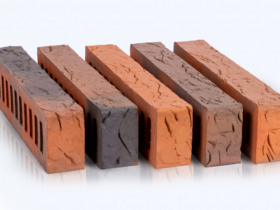External sockets, even with lids, for security reasons, it is better not to arrange. The street network switches should be in the house and de -energize the phase wire. As soon as external lighting appears, there will also be a hindrance – many insects flying into the world. To deal with them, you can make a simple flap of lamp and spiral, for example, from an electric stove stretched on a frame with porcelain insulators. The whole device is placed in the casing. When the trap is turned on, insects, striving for light, stumble upon a hot spiral and die. With a slight improvement, the trap can be adapted as a lamp. During a thunderstorm, lightning sometimes fall not only into trees, pillars and other high objects, but also in different places of manor buildings (roof skates, auditory windows, chimneys, etc.). Sometimes this leads to a fire. To avoid such phenomena, manor buildings must be equipped with a lightning rod system. The lightning rod consists of three parts: the receiver of electric discharges, current -wrap and grounding ground. All of them have constructive features and are made from various materials. However, in the most simplified form, lightning rod can be made from one piece of metal: wires with a diameter of 5-6 mm, strip, corner. A lightning receiver is made from a segment of steel reinforcement with a diameter of 12-16 mm or pipe with a diameter of 15-25 mm up to 2 m long. The upper end of the receiver is sharpened or brewed on the pipes on the cone. You can insert a plug with a sharp rod into the pipe. If there is a corner, use it. It is important that the cross -sectional area of the receiver of electric discharges is at least 50 mm22. The lightning receiver can be made of “steel wire stretched horizontally between high supports. Tokoowall is made of thick steel wire or strip with a cross section of at least 50 mm2. If there is a need to branch the current, it is allowed to arrange several conductors with a cross section of 20-35 mm2. The laying of current -wrap on the roof and walls is performed in the shortest way, without sharp bends and some loops. When the lightning strikes in such places, an electric breakdown occurs.









